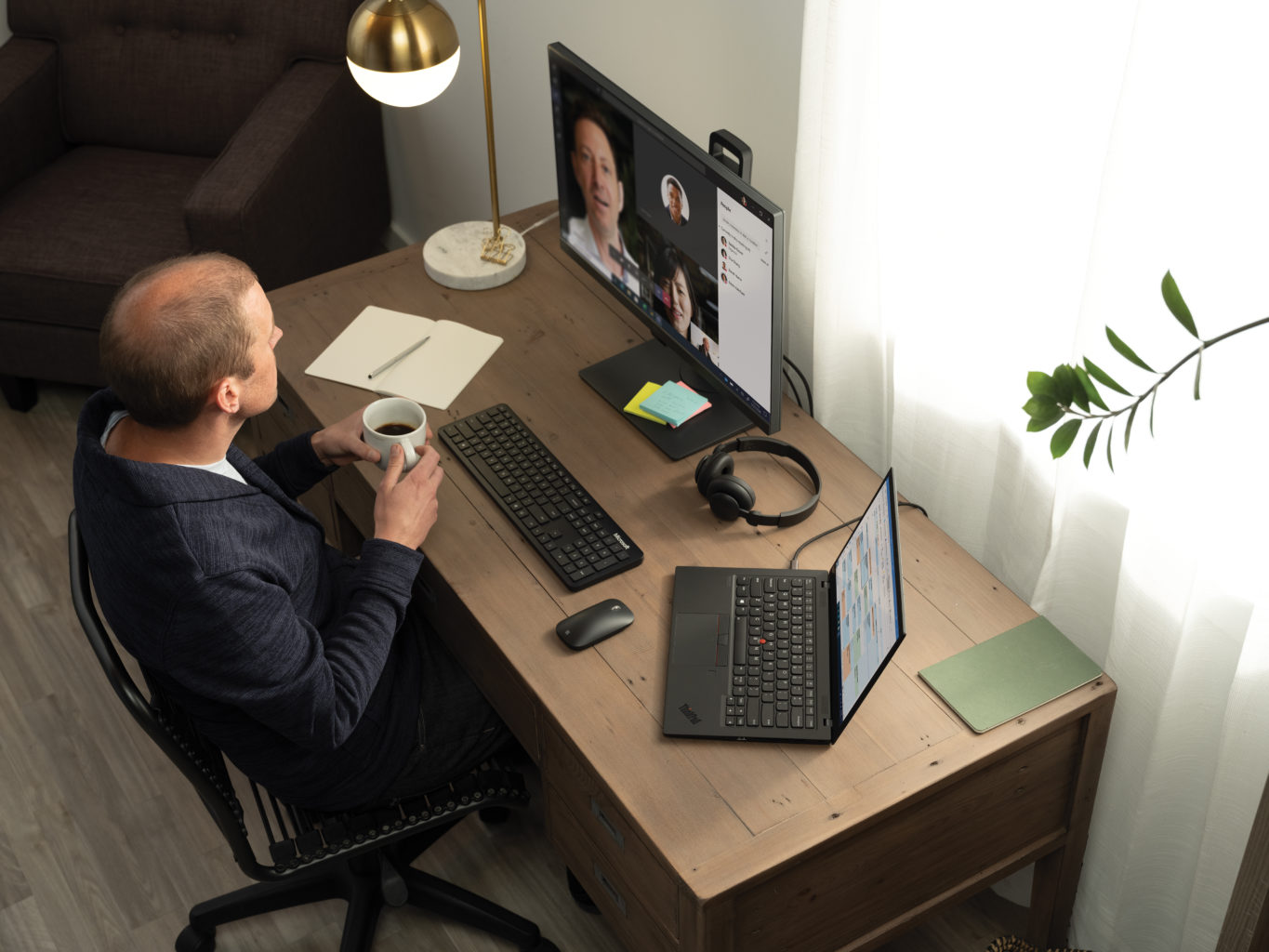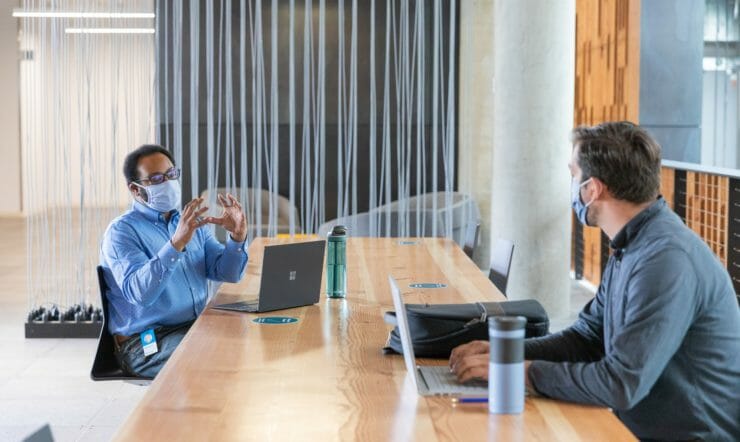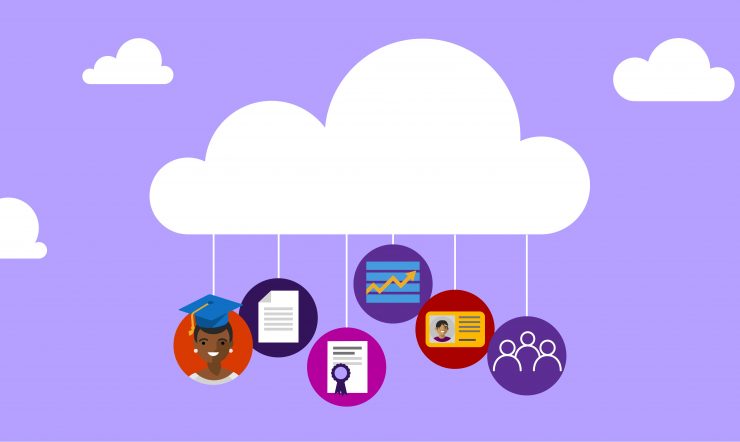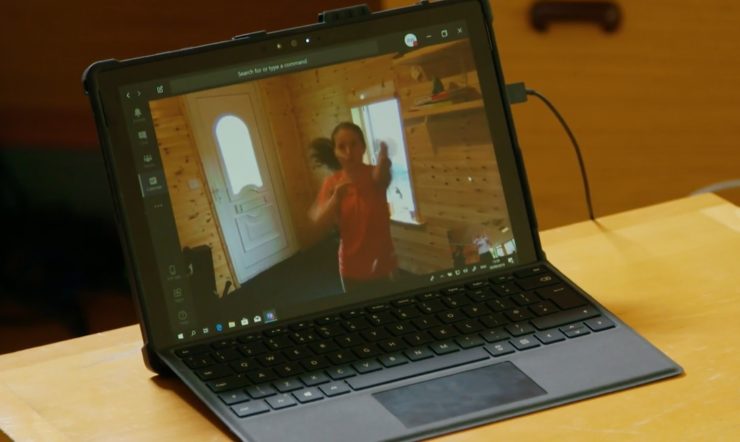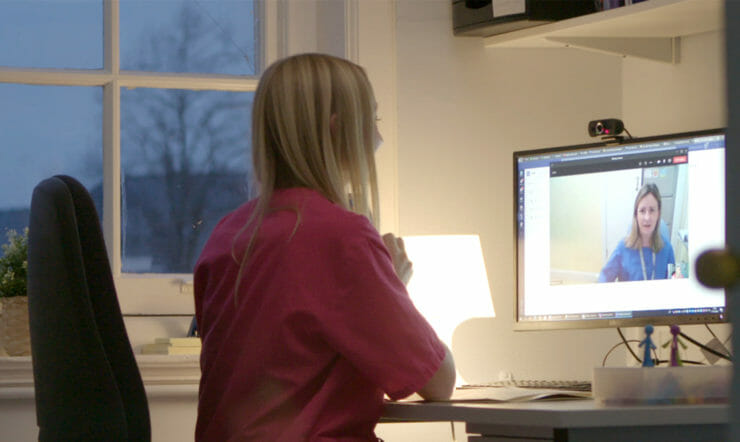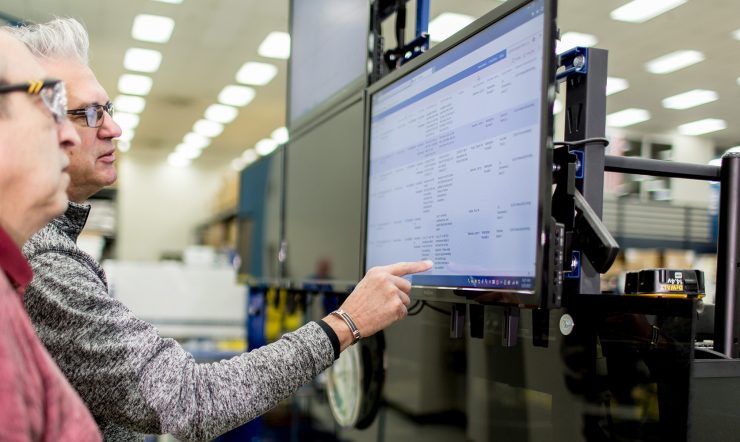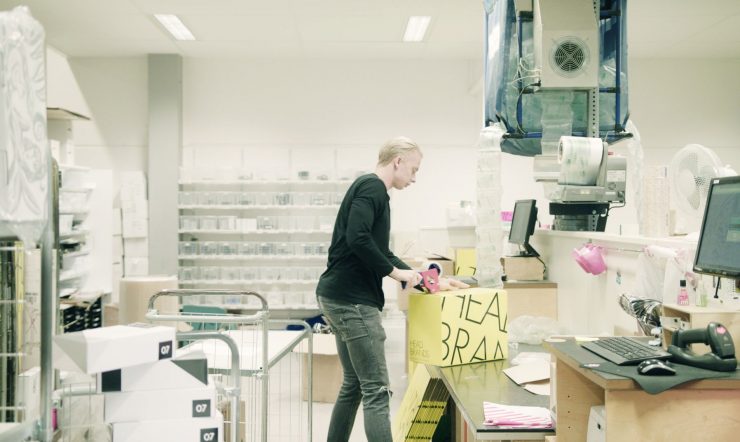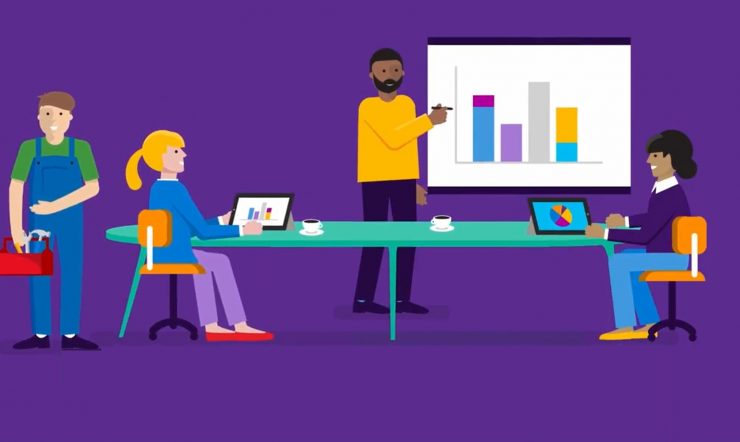One Year On: What Five Lessons Have We Learned About The Hybrid Workplace?
A year ago today, we were adjusting to working from home following the first lockdown. Then later last year, we shared insights into how workers were adapting, and how a digital culture could empower employees to be productive in a disrupted world.
Now, we are publishing new global and Irish research. They both show that the new world of work is here to stay, as employees have now adapted to hybrid working and collaboration tools over traditional office practices. It points to some very clear changes for senior leaders to embrace. Here are five things we learned from our research
1. Accommodate remote working or lose talent
Organisations who fail to accommodate remote working are likely to lose employees to competitors offering flexible working practices and tools.
The first piece of research is Microsoft’s annual global Work Trends Index that looks at over 30,000 people in 31 countries. The report shows that over the last year, nearly three quarters of employees want flexible working options to continue.
Remote job postings on LinkedIn increased more than five times during the pandemic, with over 40% of the global workforce considering leaving their employer this year if remote working options are not provided. 46% say they are planning to move jobs within the year now that they can work remotely. Time spent in meetings has more than doubled globally while over 40 billion more emails were delivered in the month of February this year when compared to the same period in the year prior. There’s been a 48% increase in Microsoft Teams chats per person overall and a 55% increase in the number of meetings and calls per week. Chats between 5pm and midnight have also increased.
2. There is mass adoption of collaboration platforms:
New research commissioned by Microsoft Ireland carried out by Behaviours and Attitudes (B&A) in February 2021 across a sample of 1,032 adults nationwide (641 workers, of which 378 are current remote workers), reveals that the majority of remote workers (84%) say they have migrated to collaboration platforms, such as Microsoft Teams, in the past year. In fact, over half (56%) are making less landline calls as collaboration platforms are now the default choice when communicating with their colleagues within their organisations
3. Collaboration and connection is changing
The research found that over half of remote workers (56%) in Ireland agreed that they are making less landline calls now due to the use of collaboration platforms. When asked why, those surveyed said they see collaboration platforms as the natural choice to connect to colleagues since the pandemic started. In fact, 63% agree that they collaborate more now on work documents using these tools.
The biggest change is using these platforms for conference calls, as over 76% state that they use these platforms more, since the move to remote working, for those hosting internal conference calls. Also, those surveyed reported a clear increase in usage of these platforms for internal calls with colleagues and internal calls with other offices.
When it came to mobile calls, 44% reported making fewer mobile calls in favour of their collaboration platforms. When asked about benefits of these collaboration platforms, half of those surveyed (49%) reported that using collaboration platforms helped them to create a broader work circle. Since transitioning to these tools, over two-thirds of, or one in six remote workers (66%), now feel that they are using these platforms to their fullest.
Interestingly, remote workers are also starting to use collaboration platforms for calls with suppliers. Over a quarter (27%) use collaboration platforms to contact suppliers, while 34% use them for contacting their customers respectively, compared to before working from home.
4. Provide employees with room to disconnect, balance and avoid distractions
This new Irish research found that those who had migrated to collaboration platforms while remote working, saw the need to disconnect and better manage their work life balance as important. When asked what their priorities were:
- Over 82% of respondents wanted a better work-life balance
- Over three quarters (76%) wanted to disconnect once the working day was over
- During the working day, 73% of those surveyed wanted to better manage daily distractions
- 65% wanted to reduce the number of meetings they had to virtually attend every day
This is not just confined to Ireland, similarly globally, the Work Trends Index identified that over half (54%) of workers feel overworked with over a third (39%) feel exhausted as time spent in meetings has more than doubled globally and over 40 billion more emails were delivered in the month of February of this year compared to this time last year.
Similar Microsoft Ireland research that was conducted in October 2020 showed that organisations that created a healthy digital culture (i.e. Which protected employee’s focus and empowered them to make decisions as best suited them) saw major benefits, with 92% of employees reporting seamless collaboration with colleagues when working remotely. Furthermore 94% reported being able to focus solely on their task when supported by a strong digital culture.
5. Laptops the main device of choice for online collaboration
The laptop is the most commonly used device for collaboration. The majority (55%) of those working remotely have either received from their employer or purchased a new device since the move to remote working. One in five (19%) still see desktops as the key device (compared to tablets and mobile phones) to use for collaboration platforms to carry out work-related communications remotely.
In a hybrid workplace, traditional tools are being replaced in favour of real-time collaboration and communications that enable productivity.
Senior leaders need to be careful, as we move towards a new hybrid world of work, that they establish a culture that allows all their employees to continue to innovate and collaborate, while also providing the flexibility to disconnect when and where they need to.


